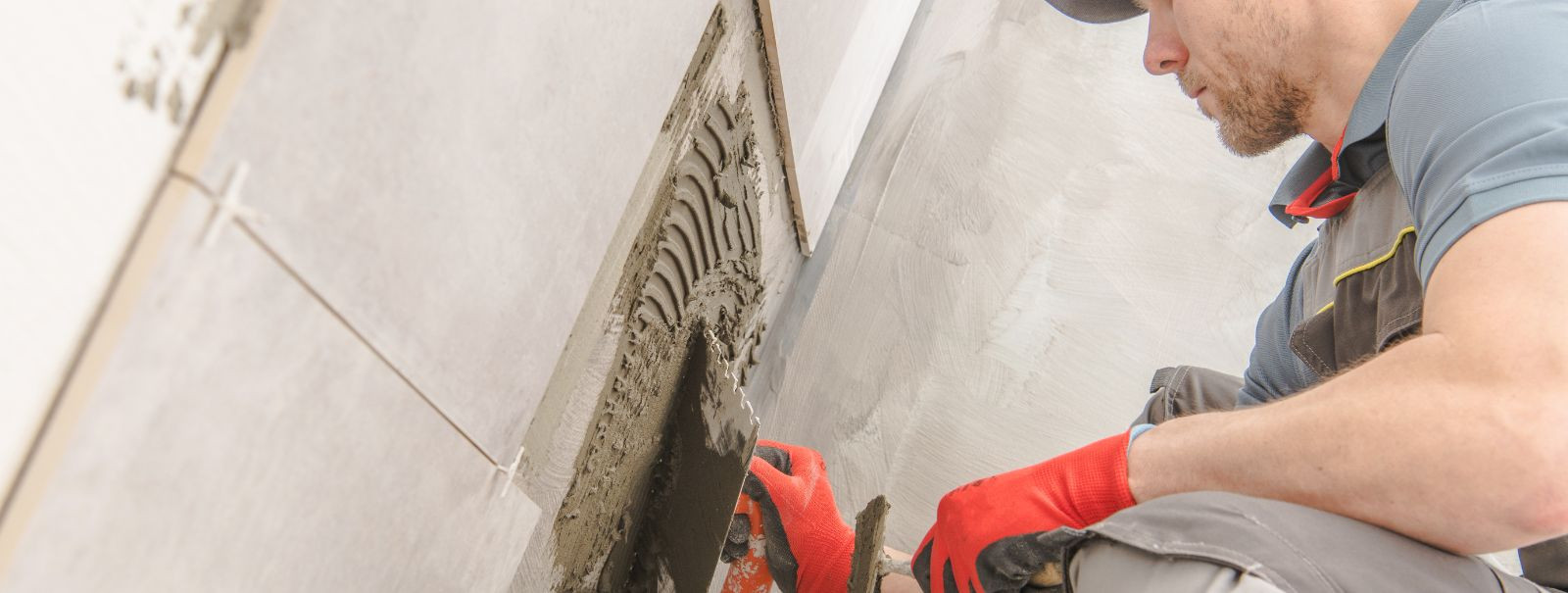Eco-friendly plastering: building a sustainable future
Eco-friendly plastering refers to the use of sustainable materials and practices in the plastering process, aiming to reduce the environmental footprint of construction and renovation projects. This approach not only considers the origin and composition of the plastering materials but also the methods applied during the installation process.
The construction industry has a significant impact on the environment, from the extraction of raw materials to the energy consumed during building processes. Adopting eco-friendly plastering techniques is a step towards reducing this impact and contributing to a more sustainable future.
The Benefits of Eco-Friendly Plastering
Using eco-friendly plastering materials can greatly reduce the carbon footprint of construction activities. These materials are often sourced from renewable or abundant resources and are biodegradable, minimizing waste and pollution.
Eco-friendly plasters can improve indoor air quality by reducing the presence of harmful chemicals and toxins commonly found in traditional plastering materials. This is particularly beneficial for homeowners and occupants with health sensitivities.
Although the initial investment in eco-friendly plastering might be higher, it can lead to long-term savings. These materials typically require less maintenance and have a longer lifespan, reducing the need for frequent repairs or replacements.
Eco-Friendly Materials and Practices
Natural plasters, such as clay, lime, and gypsum, are sustainable options that do not deplete limited resources. They are also highly breathable, contributing to a healthier living environment.
Recycled materials, like glass or plastic, can be incorporated into plaster mixes to create unique textures and finishes while also reusing waste products.
Advancements in application techniques, such as the use of energy-efficient tools and machinery, can further enhance the sustainability of the plastering process.
Challenges and Considerations
One of the challenges in adopting eco-friendly plastering is the availability of materials. As demand increases, more products are expected to become readily available.
Compliance with building codes and standards is essential when selecting eco-friendly plastering materials. It is important to ensure that these materials meet or exceed the performance requirements set by regulatory bodies.
While eco-friendly plasters are generally durable, it is crucial to consider the specific needs of a project to ensure that the chosen materials will perform as expected over time.
Implementing Eco-Friendly Plastering in Your Projects
Selecting the appropriate eco-friendly plastering materials requires careful consideration of the project's environmental goals, budget, and aesthetic preferences.
Partnering with experienced professionals, like those at KROHVI GRUPP OÜ, ensures that eco-friendly plastering is applied correctly and efficiently, maximizing its benefits.
Integrating eco-friendly plastering into the planning and design stages of a project can help achieve a more sustainable construction process from the outset.






Comments (0)